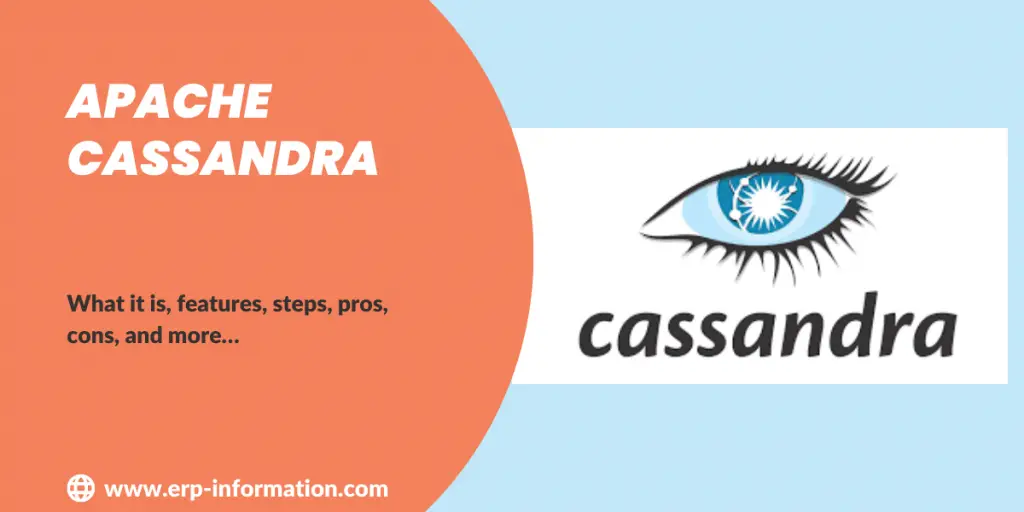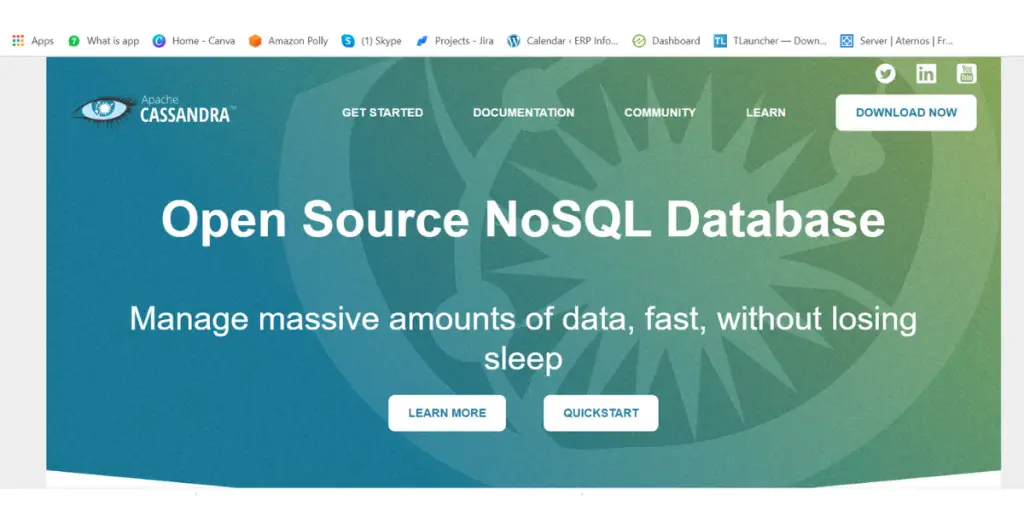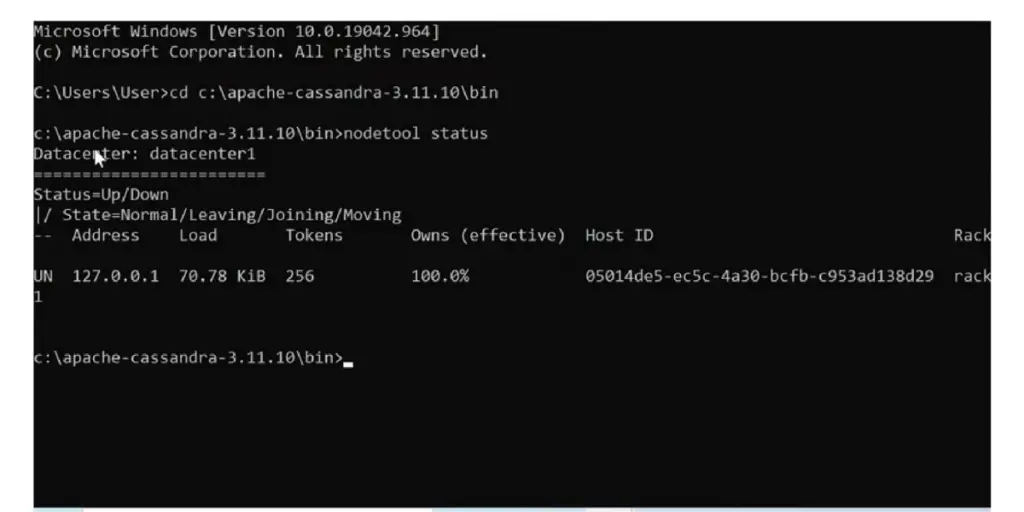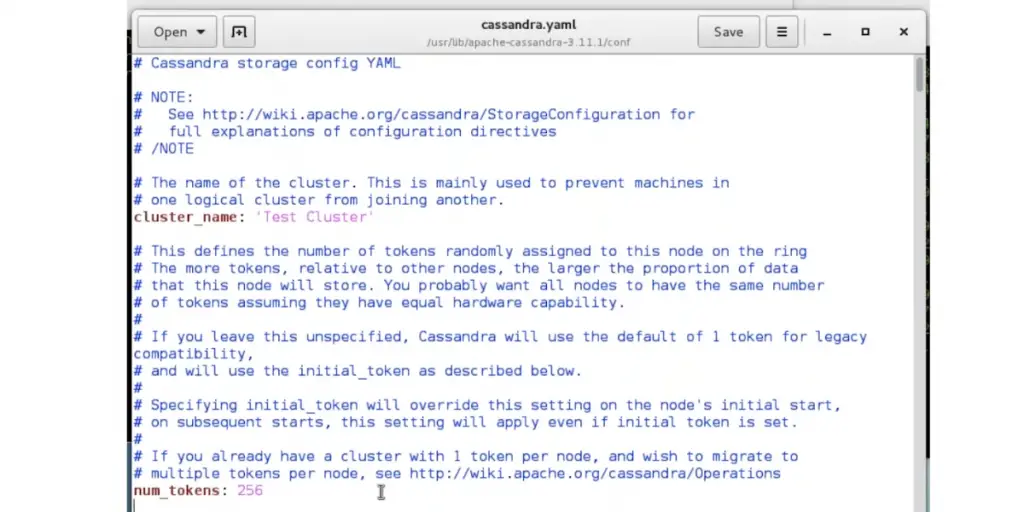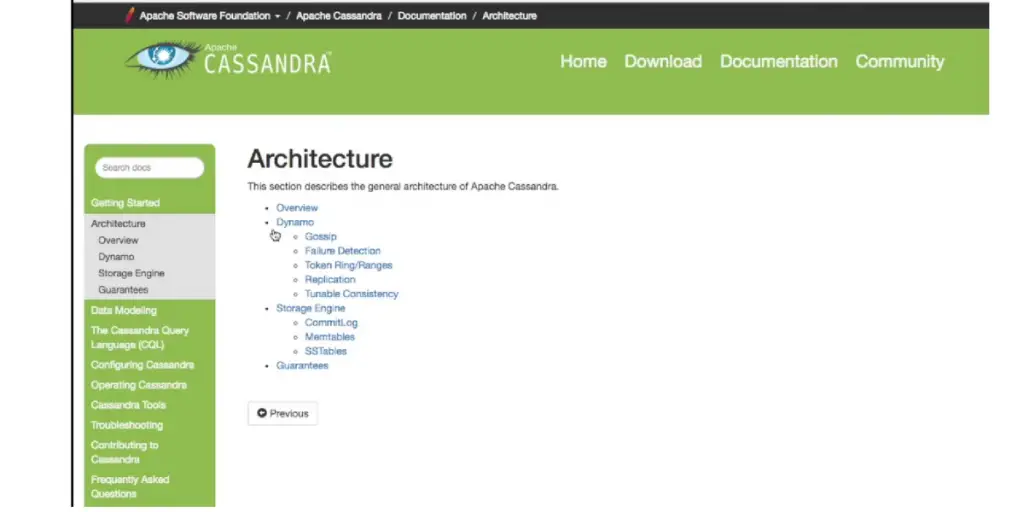Are you seeking a distributed database for your data management needs? If so, then take a moment to learn more about Apache Cassandra.
In this article, we will discuss the features, pros, and cons of Apache Cassandra and how it could significantly benefit your business.
Latest release: 4.1.0
Release date: 13th Dec 2022
What is Apache Cassandra?
Apache Cassandra is a powerful and highly scalable NoSQL database that has revolutionized the way modern applications handle massive volumes of data.
As the demand for robust and resilient data storage solutions continues to surge, Cassandra stands out as a formidable player, offering unparalleled performance and fault tolerance.
Developed by Facebook and later open-sourced, Cassandra has become the go-to choice for organizations dealing with vast amounts of data across distributed and decentralized environments.
Cassandra database offers an extraordinary level of distributed storage, combining the strengths of Amazon’s Dynamo with Google’s Bigtable technology. In addition, it provides a multi-datacenter cluster that can ensure minimal latency operations for all involved.
A masterless replication system makes this sophisticated setup possible – streamlining data availability across multiple locations and creating more efficient systems than ever before.
More about Apache Cassandra
- Distributed databases employ a distributed architecture, utilizing multiple machines to enhance performance and scalability
- The distributed nature of these databases brings significant technical power and advantages
- The databases provide developers with the flexibility to easily modify their data structures as needed.
- Distributed databases are designed to accommodate additional data by adding more nodes, without requiring extensive hardware upgrades
- Partitioning is a technique used to distribute data across multiple nodes in a distributed database system
- With the capability to leverage multiple nodes, distributed databases can effectively handle large volumes of data
- Nodes within the system communicate with each other, enabling seamless data management
- Replication of data across nodes ensures data reliability and availability in case of failures
- Distributed databases offer high data safety through the creation of backup copies of data
- Always-On databases, like distributed databases, remain operational even in the face of challenges
- Deployment agnosticism is a defining characteristic of distributed databases, allowing them to adapt to various deployment environments
Features
- Easy to run open source platform
- Masterless architecture with low latency
- Flexible and fault-tolerant
- Good performance by focusing on quality
- It uses Query language (QL), which is similar to SQL.
- Scalable, read, and write throughput increase linearly as new machines are added, with no downtime or interruption to applications.
- Security and observability
- The audit logging feature helps us keep track of changes to our data, like creating or deleting things, with minimal impact on how fast the system runs.
- Zero Copy Streaming can make things up to five times faster than before. In addition, it works especially well in cloud and Kubernetes environments, making them more elastic.
Some screenshots of Cassandra
8 Instruction Steps to Get Started With Apache Cassandra
- Get Cassandra using the docker
- Start Cassandra
- Create files
- Load data with CQLSH
- Interactive CQLSH
- Read some data
- Write some data
- Clean up
Cassandra Query Language
Cassandra has a special language called Cassandra Query Language (CQL) that people use to talk to the database.
CQL makes it easier for developers to write and read data from the database and hides how the database is built behind a simple interface.
The CQL shell interface, cqlsh, can be used on the command line of a node to create and modify keyspaces and tables, change data, insert things into tables, query tables, and more.
It comes with multi-data types like String, Numeric, Geo sparicle, Date and time, Collection, Blob, Boolean, etc.
Cassandra is a type of database that works differently from other databases. To use Cassandra, you must know different ways to store and get data.
For example, a “keyspace” in Cassandra is like a SQL database, and a “column family” is like a SQL table. Therefore, you must use special words and syntax when creating and changing data in Cassandra.
Pros and Cons of Apache Cassandra
Pros
- It deals with a large amount of unstructured data
- The partition tolerance feature is useful
- Acts as a distributor among clusters, enhancing scalability.
Cons
- The initial stage learning curve in is tedious
- Lack of SQL query features
- Limited commercial versions are available, with high licensing costs
- Cassandra is incapable of joining, making it a challenge to use it for more complicated things like online transactions.
- Absence of translation support
- Not suitable for OLTP-type transaction-oriented and high-concurrency systems
- Suggestions from users to improve the architecture
- No sufficient video presentation for trainers
FAQs
How is Cassandra better than SQL?
Cassandra helps you get better performance in real time. It allows you to write data many times to retrieve it more quickly. SQL only lets you write data once, which makes it slower to use.
What are the benefits of using Apache Cassandra?
Some of the benefits include:
High performance: Designed for high performance, even under heavy load. It can handle millions of concurrent reads and writes per second.
Scalability: This platform is horizontally scalable, meaning that you can add more nodes to your cluster to handle more data and traffic.
High availability: Developed such that, if a node fails, the other nodes in the cluster can continue to operate without interruption.
Durability: It can protect data from loss or corruption. It replicates data across multiple nodes in the cluster and can recover data from failed nodes.
What are some popular use cases for Apache Cassandra?
Some of the popular use cases include:
Social media: It is used by many social media companies, such as Facebook and Twitter, to store and manage user data and social graph data.
E-commerce: Used by many e-commerce companies, such as Amazon and eBay, to store and manage product catalogs, customer data, and order data.
Gaming: Many gaming companies use this platform to store and manage player data, game state data, and event data.
IoT: This platform is employed by many IoT companies to store and manage sensor data and device data.
Conclusion
Apache Cassandra has proven itself as a powerful, distributed NoSQL database in big data. With its flexible data model, massive scalability, and reliable availability, it is the go-to choice for companies and individuals to store their valuable data.
Our goal with this blog post was to provide complete information about Apache Cassandra with its workflow, features, and pros and cons so that users could make informed decisions about using this technology.
Reference
